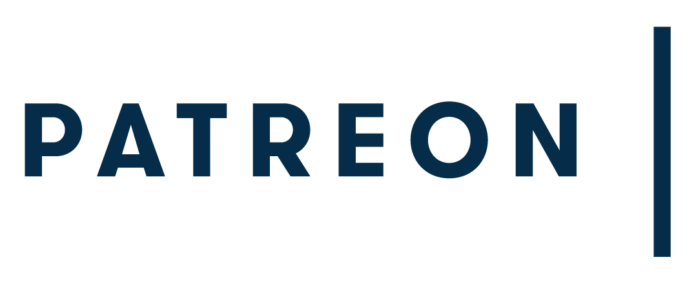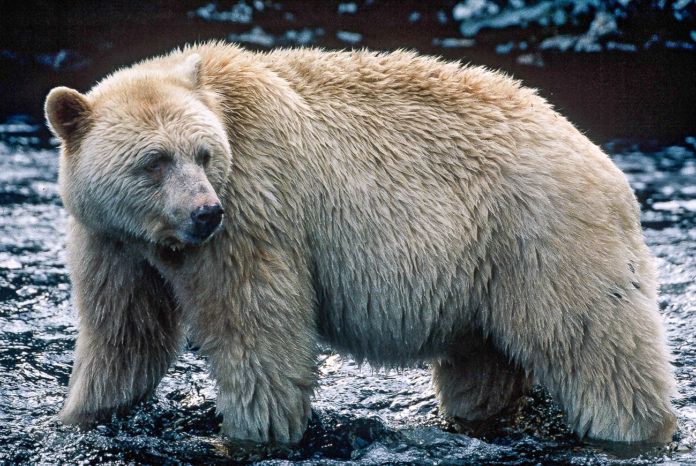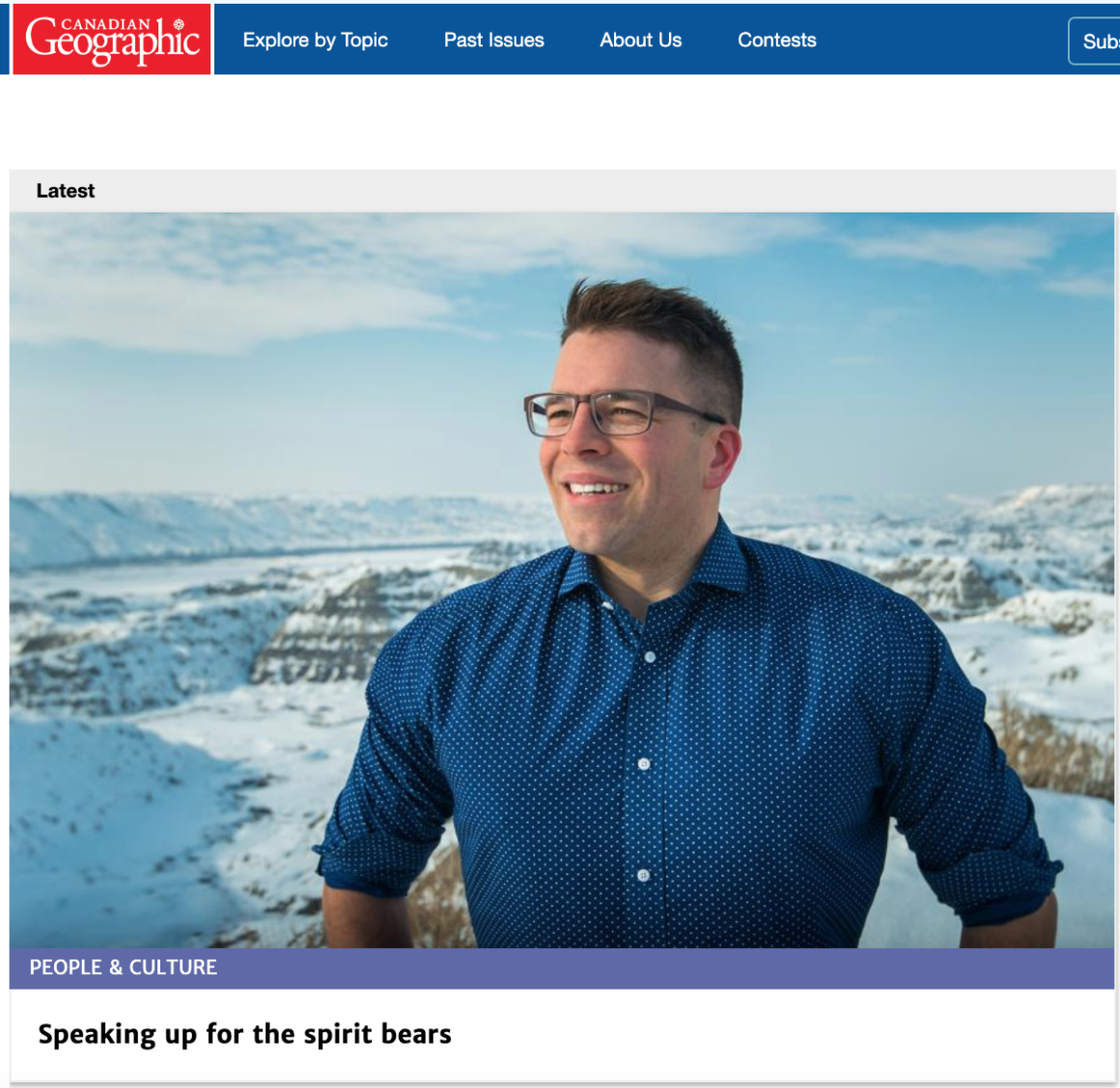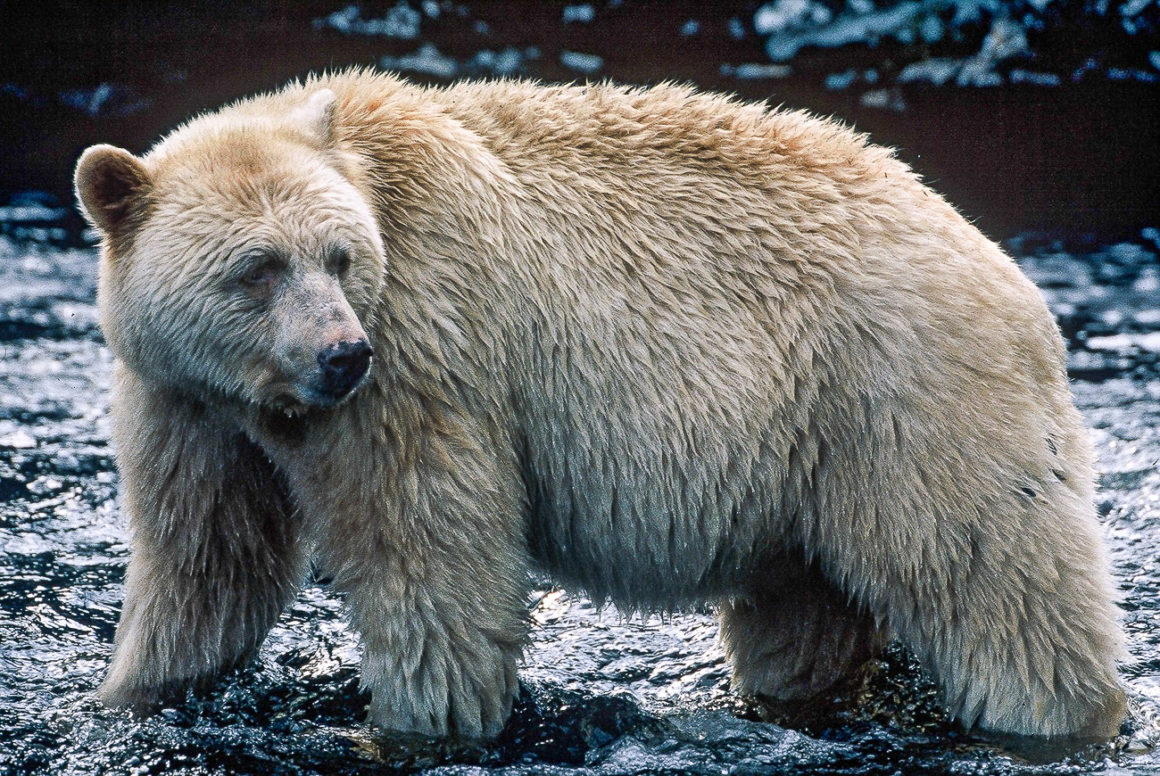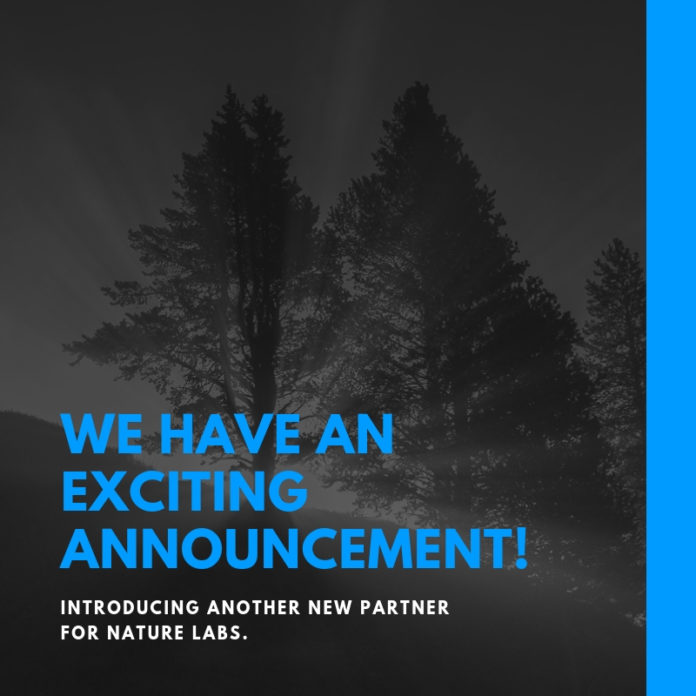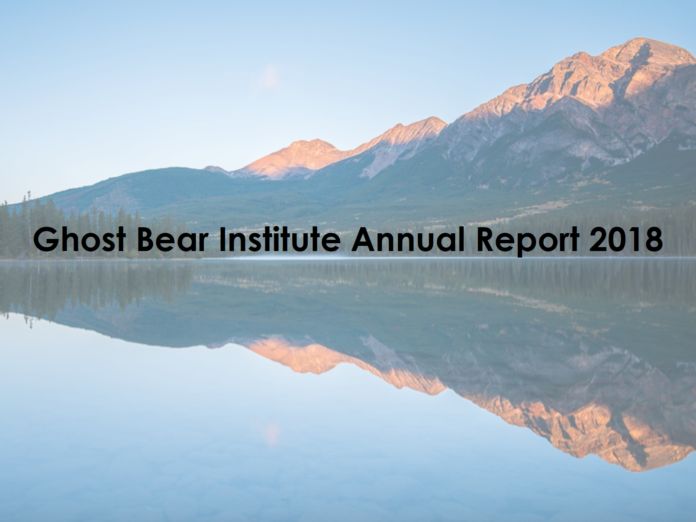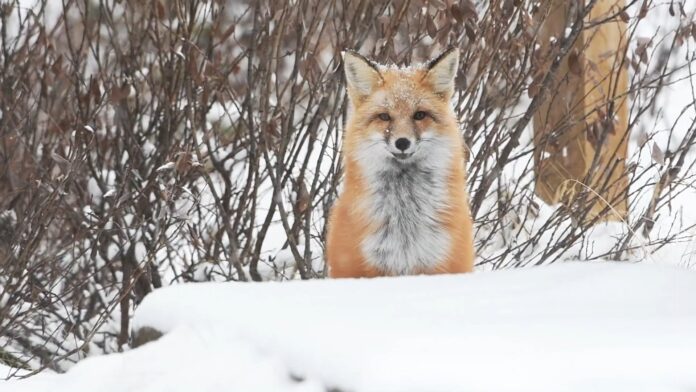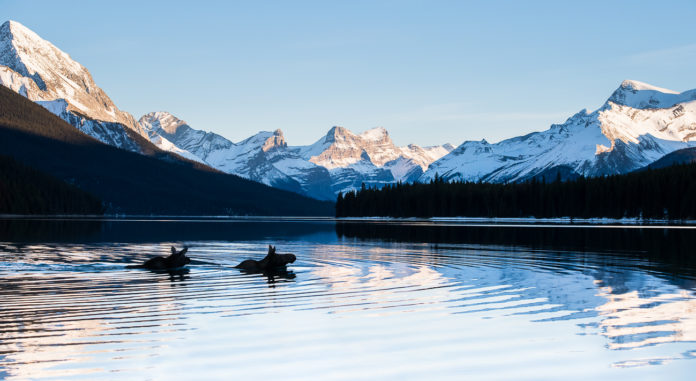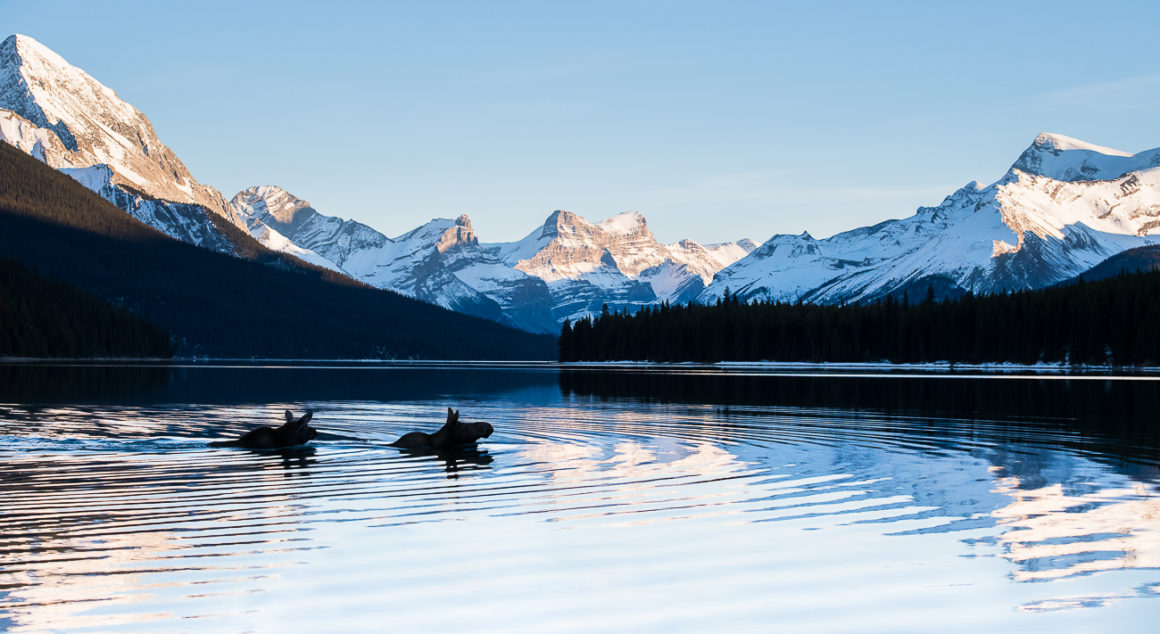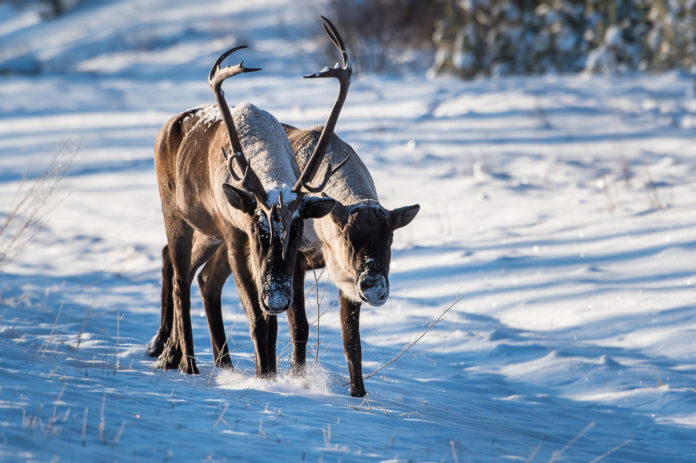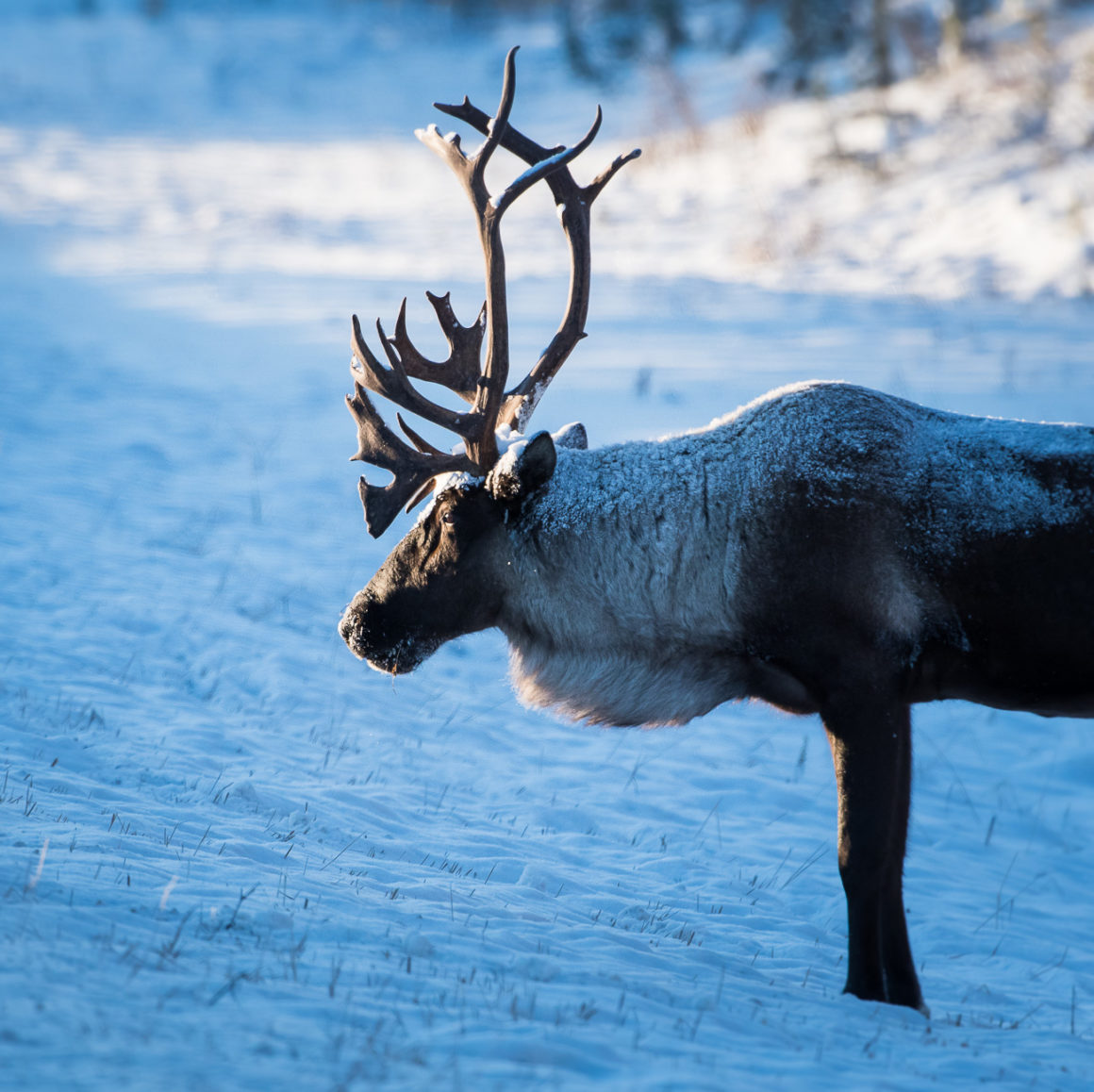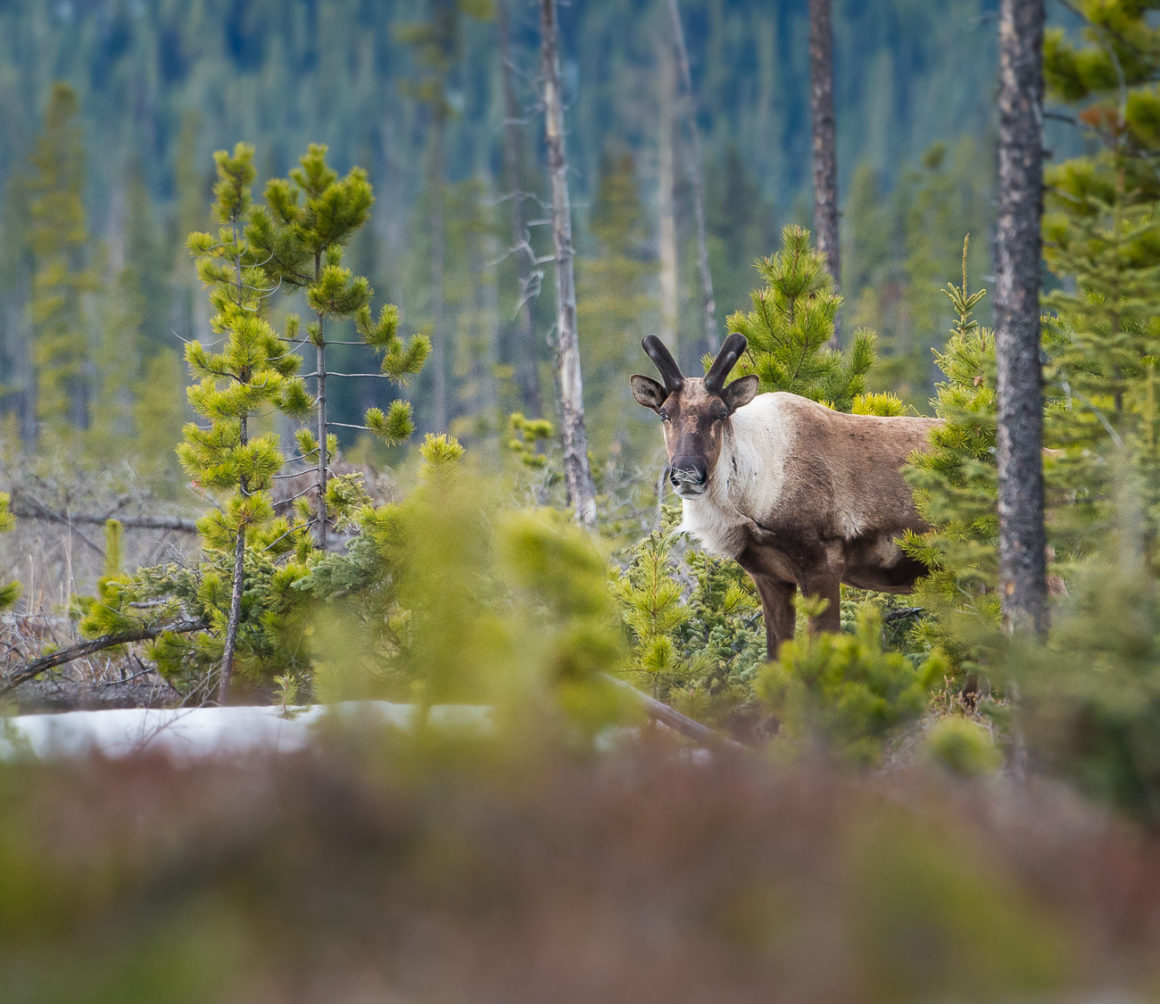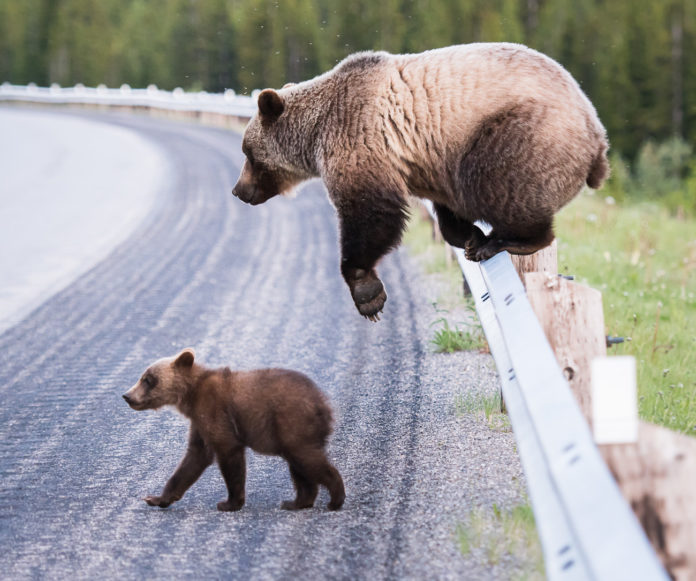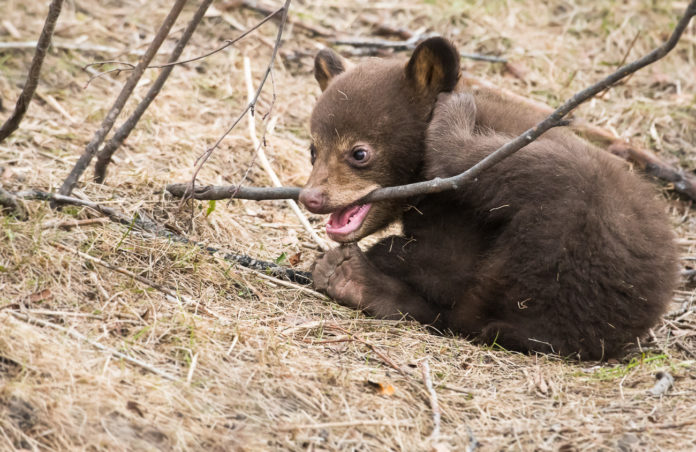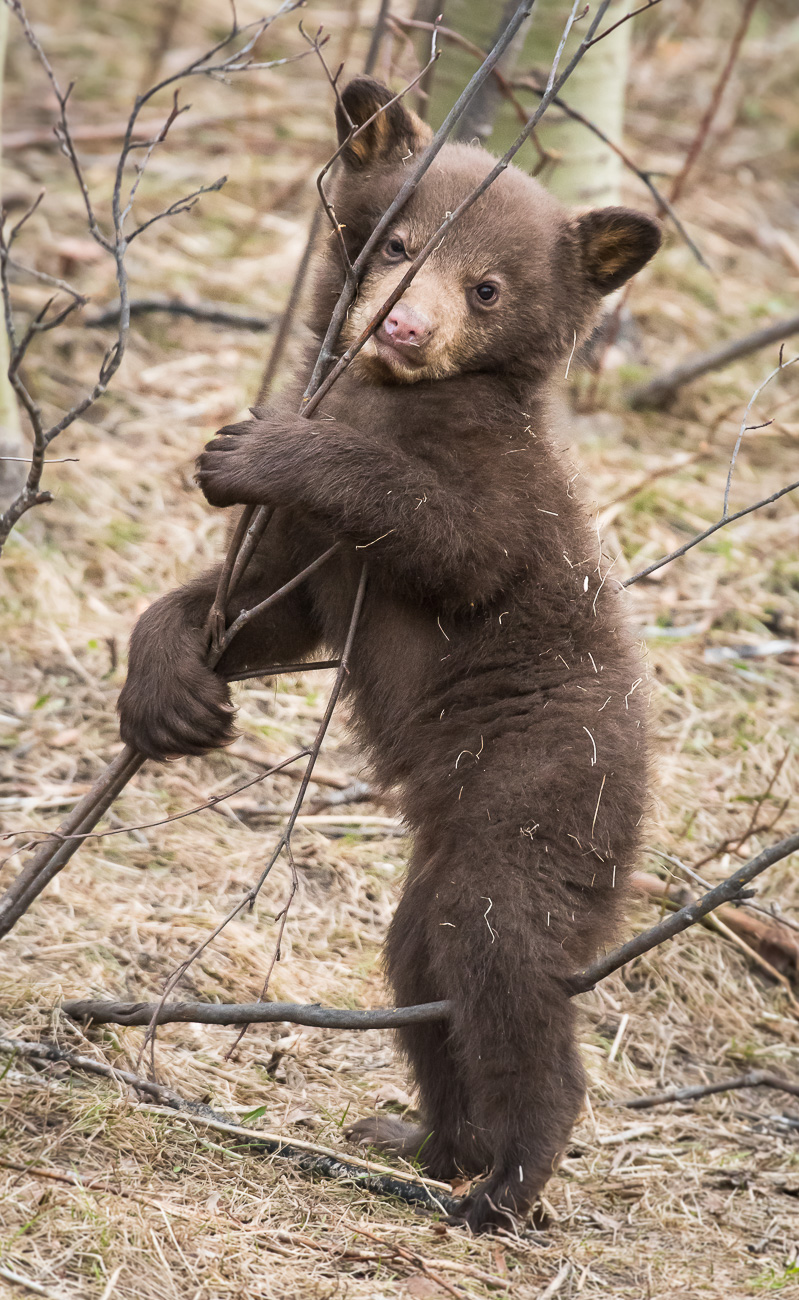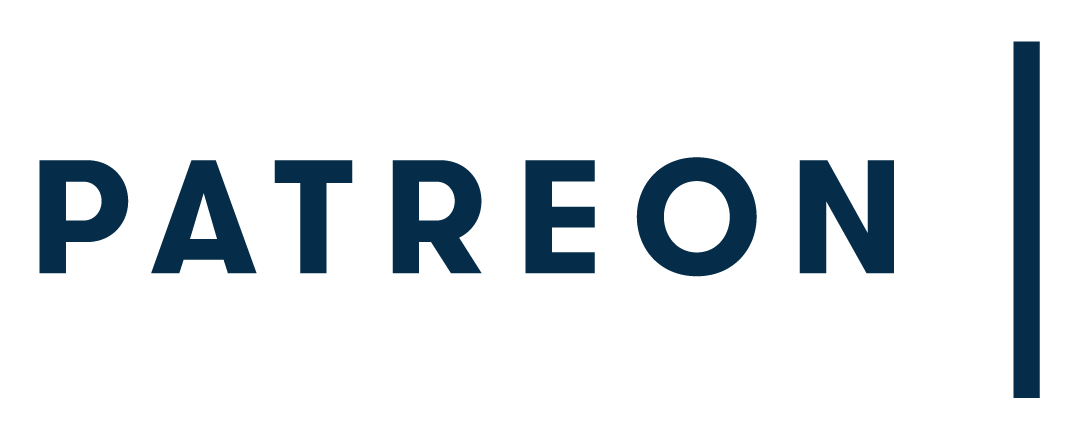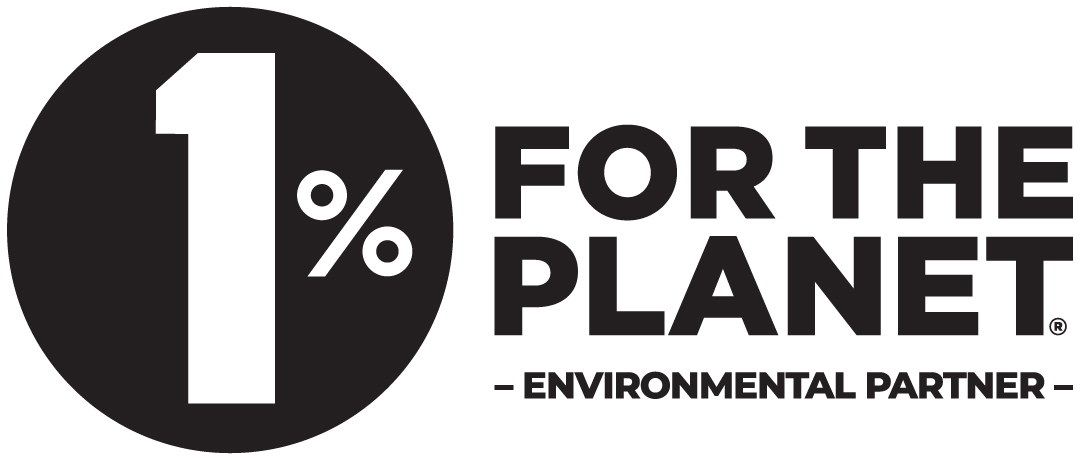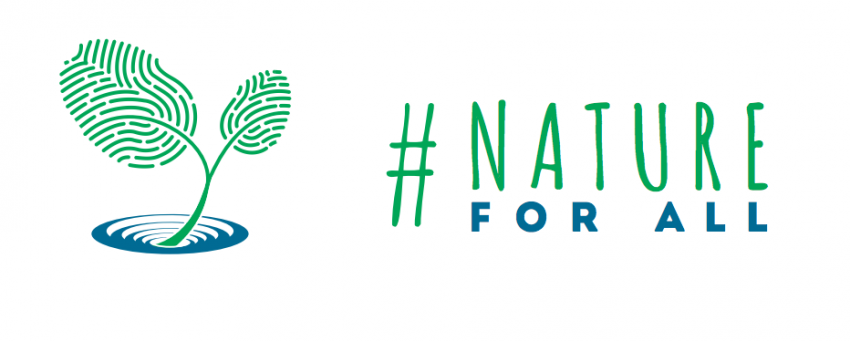What’s the colour game? Why do you pump your fist when driving through Nanton, Alberta? Why would you waddle through waist high snow, with temperatures below -30, in a t-shirt to track a fisher? (And what the hell is a fisher anyway?)
Jill and Simon are the quirky – yes, let’s call them quirky – storytellers behind the non-profit Ghost Bear Institute, a growing international community that believes balanced storytelling can unleash the type of creative thinking needed to better balance the needs of people and nature.
How?
Our signature project seeks to create a virtual high school textbook that uses nature as a real-world example of class lessons. We want to equip teachers with the resources they need to meet existing curriculum guidelines and provide students with a mosaic of stories and real-time connections that can connect their class to their lives.
Why?
We want create a new generation that acts with a foundation of nature literacy in all that they do.
This isn’t David Attenborough. Or David Suzuki. (Though we do have our own David: Simon’s legal first name! Anyway…)
It’s Nature Labs. Or, for you, our (hopefully) faithful Patreon subscribers, it’s a window into the stories we’ll tell and the adventure that is bringing Nature Labs to life.
Sometimes serious and often ridiculous, we invite you to join us on a journey unlike any other…
…Into one of the most spectacular ecosystem’s in Canada’s Rocky Mountains to learn how a dominant grizzly bear thrives with a partially paralyzed hind leg.
…Into the boardroom of one of the world’s most successful entrepreneurs to learn what nature means to Jimmy Pattison, and into the kitchen of Canada’s most innovative chef, Marc Lepine, as he demonstrates why his food tells nature’s stories.
…Into the minds of a couple who are risking everything (Will we have a home in year? Who knows! No more normal food, just meal bars (and pizza) to save money! Who needs razor handles to shave – let’s cut that too!) to build a vision we hope can help change the world.
We want to share with you EXCLUSIVE images from the field. We want to bring you virtually into the field to experience what we experience and learn alongside us. We want to give you an unfiltered, unglamorous look at what it takes to bring a new idea to life: A former high school teacher learns programming and audio! The kid who tried to save the spirit bear learns to drive (maybe)! Two married people try living in a tent for three months (again)! A non-profit discovers how little funding exists for non-partisan storytelling (hint: none)!
We know where we want to go, but we don’t know how many twists and turns still await us. And we know we can’t do it alone. But in joining with us, we can stumble along this path together – and laugh about it! – as we try to do our part to create a better world.
So join us, won’t you?





